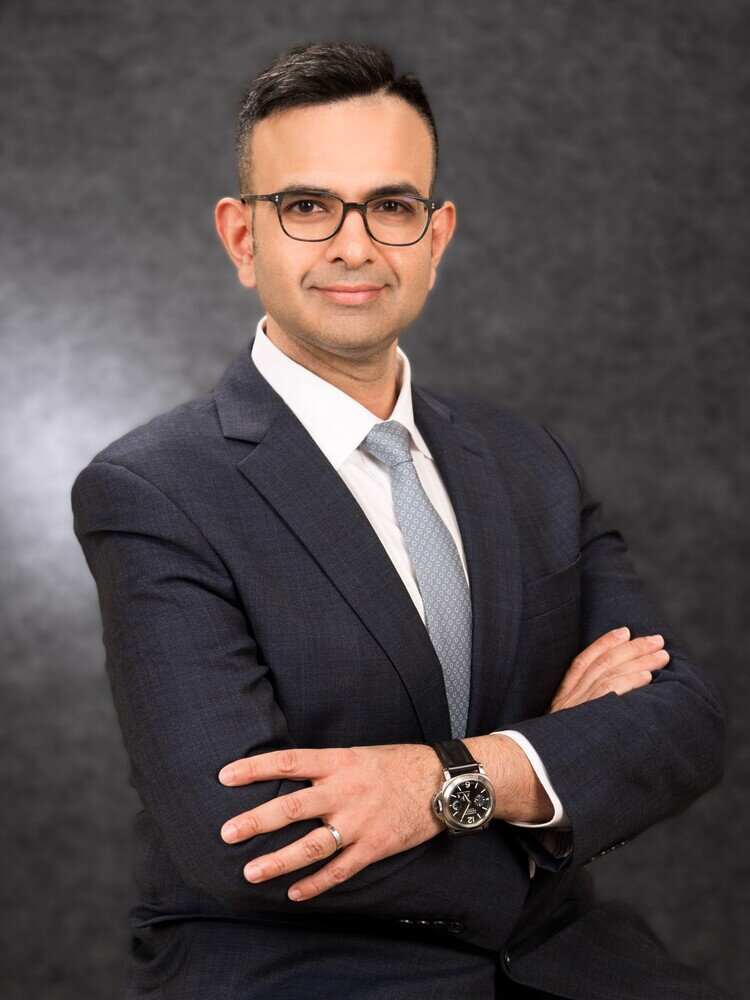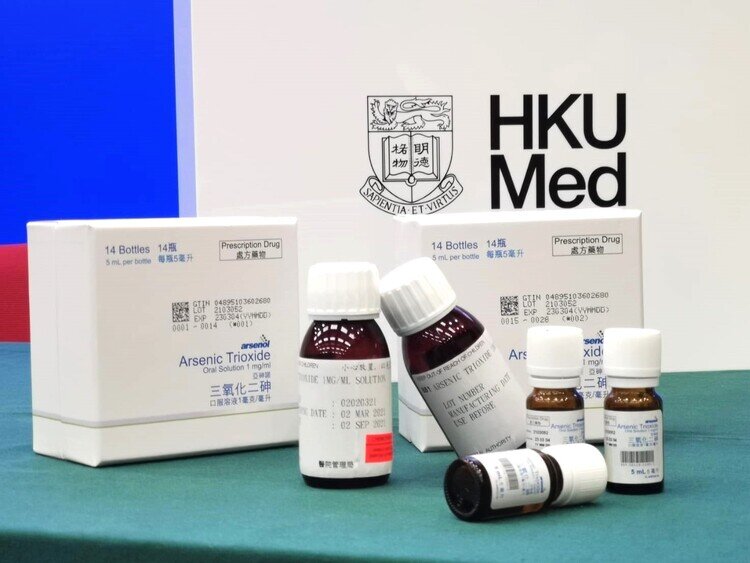The Evolution of Oral Arsenic Trioxide: A Journey of Knowledge Exchange and Social Impact
In recent years, the development of oral arsenic trioxide has marked a significant milestone in the treatment of acute promyelocytic leukaemia (APL), a rare yet aggressive form of blood cancer.

Professor Gill Harinder Singh
This journey, spearheaded by Dr Gill Harinder Singh and his team from HKU’s Faculty of Medicine, is a story of medical innovation and a testament to the power of knowledge exchange and its profound social impact.
Historical Context and Development
The roots of oral arsenic trioxide can be traced back to the pioneering work of the late Professor David Todd, who utilised arsenic-containing oral solution (also called liquor arsenicalis or “Fowler’s solution” in the 1950s. However, it wasn't until the 1990s that significant advancements were made with the intravenous formulation of arsenic trioxide, initially developed in China. Despite its effectiveness, the high cost of this treatment limited its accessibility, particularly for patients in Hong Kong and beyond.
Recognising the urgent need for a more affordable solution, Dr Gill and his mentors, Professors Yok-Lam Kwong and Cyrus Kumana, embarked on a mission to develop and establish an oral formulation of arsenic trioxide. Their innovative approach aimed to provide an equally effective treatment that could be manufactured locally at a significantly reduced cost. In 2011, their efforts culminated in registering the first locally invented drug in Hong Kong, showcasing local ingenuity and addressing a pressing patient need.
Clinical Success and Global Attention
Since 2013, over 200 patients have benefited from the oral formulation, achieving a remarkable relapse rate of less than 1%. This success has garnered international recognition, with Dr Gill presenting findings at the American Society of Hematology meeting in 2023, further highlighting the efficacy of the treatment. He noted, “The recognition of this treatment is a collective effort to improve patient care through collaborative research and innovation.”
The results sparked interest from major biomedical companies and led to collaborations to expand the drug’s reach. Recent designations from the United States Food and Drug Administration (FDA) and the European Medicines Agency (EMA) pave the way for more extensive clinical trials and potential global registration, which could revolutionise access to treatment for patients worldwide.
Social Impact and Future Directions
The social impact of this development is profound. The Hospital Authority of Hong Kong fully reimburses the oral arsenic trioxide treatment, ensuring that patients do not bear the financial burden of treatment. In stark contrast, the intravenous version can cost as much as US$20,000 per week. The new oral formulation, with a manufacturing cost of approximately HK$4,000 per week, offers a viable and economically sustainable alternative.
Dr Gill emphasised, “We have treated more than 430 patients, and the overall outcomes have been very positive. One patient’s transformation from a difficult situation to leading a normal life exemplifies the profound impact of this treatment.”
Moreover, the commitment to knowledge exchange extends beyond Hong Kong. Dr Gill's team is actively engaging with institutions in the Asia-Pacific region, including collaborations in mainland China, Singapore, and Malaysia. They aim to enhance treatment options and improve patient outcomes in these regions by sharing knowledge and resources.
Plans are also underway to explore the use of oral arsenic trioxide in treating other blood cancers and autoimmune diseases, further broadening its therapeutic scope. Dr Gill stated, “It is not just about treating abnormal leukaemia cells; it’s about ensuring that patients return to their normal lives.”
This ongoing research exemplifies the importance of translational research—ensuring that scientific discoveries are effectively communicated back to the community to enhance patient care.

Advancing Medical Breakthroughs; Tackling Societal Challenges
The journey of oral arsenic trioxide underscores the critical role of knowledge exchange in driving medical innovation and addressing societal needs. Dr Gill remarked, “For students, I would encourage them to observe the patients’ needs first. These will form the research questions and translate into improved patient care.” By focusing on patient-centred care and fostering collaborations across borders, Dr Gill and his team have improved treatment options for APL patients and set a precedent for future medical advancements. Their work serves as a reminder that impactful research is not just about scientific progress but also about the entire trajectory–in particular, of the lives transformed through accessible, affordable healthcare solutions.
For more details on this remarkable journey, please refer to the earlier article on HKU's successful development of oral arsenic trioxide.

